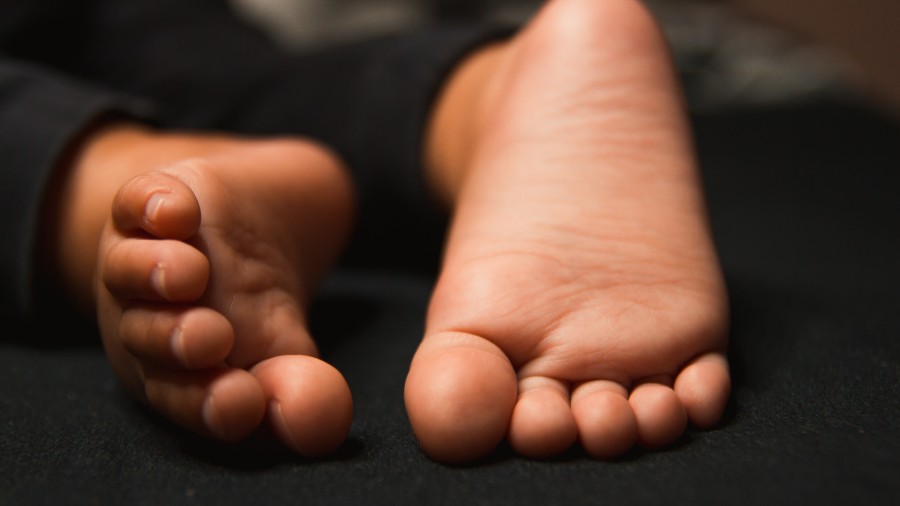Not going to eat that? Give it to your neighbor with Olio food sharing app
Jun 19, 2019, 6:53 PM

Strawberries. (Jack Taylor/Getty Images)
(Jack Taylor/Getty Images)
So much purchased food gets wasted in the United States. I’m talking to you, slimy bag of forgotten kale in the back of the produce drawer!
“The average family of four wastes somewhere between $1,600 and $2,000 a year worth of edible food — 20-25 percent of the weekly grocery shop ends up not getting eaten,” Saasha Celestial-One said.
Celestial-One (in case you’re wondering, yes, her hippie parents made up their last name) co-founded Olio, an app that lets neighbors share food from their fridges and pantries so it doesn’t end up in the trash.
“Super simple,” she said. “You take a picture, add a brief description, it should have your location automatically set. Then click ‘submit’ and that will then populate your listing into the browse screen and generate a notification to other users nearby to alert them that someone has added something. The way the exchange takes place is through private messaging so you don’t give away your address until you’ve selected someone you want to give your food to.”
If you’re going on vacation and you know you won’t be able to eat all produce you bought, just give it away on Olio. If you bought a box of tea, tried one teabag and didn’t dig the flavor, just give it away on Olio.
More female baby boomers becoming alcoholics after retirement
How a 15 minute school lunch still affects one Olympia man
“We tend to overbuy so that we have choice,” she said. “We also have good intentions at the beginning of the week and then later in the week we might decide to order a pizza and then all of our vegetables turn to slime in the back of the fridge. The thing we’re trying to do is encourage people to do that mental math where they say, ‘Okay, it’s Thursday morning and I’ve got a bag of salad leaves that need to be eaten in the next 24 hours. But you know what, I don’t think I’m going to have salad. While this still has value, I’m going to make it available to someone else to eat.’ In doing that, we prevent good food from going to waste and we also displace the purchase of new food. So whoever collects the food from you, they don’t need to go to the store and buy something new.”
Olio app
You can also request something you need, like if you’re about to bake a batch of brownies but realize you’re short one more egg. Celestial-One says most requests are fulfilled within an hour. Olio started in the UK, but is now in 49 countries and nearly two million portions of food have been shared.
“Our very first ever food share in the United States took place in Seattle,” she said. “It was two years ago, in June, and someone added a whole lemon tart from Whole Foods. Even though there were only six people signed up in Seattle at the time, it was requested by two people and someone went and picked it up. So I think Seattle definitely has the right mindset for this kind of neighbor to neighbor food sharing.”
And because everyone using the app cares about curbing waste, and is on-board with sharing food, there is no gross-out food sharing stigma.
“What we’ve seen is that there is really no shortage of people who love free food, either because they want it or they need it,” she said. “I think it comes back to our evolutionary hunter-gatherer instincts. One of the things we do to build trust is to have user ratings and user profiles and you can see if the person that you’re collecting from has shared in the past.”
The biggest rule is not to share anything you wouldn’t want to eat yourself.
“A lot of people start by sharing packaged things, they may have a cupboard clear out,” she said. “Gifts, where we’re given things at Christmas that we aren’t necessarily going to use. Fresh fruit and veg are very popular and we do see people sharing homemade food, especially home baked food. A lot of people like to bake, but they don’t necessarily want to be tempted by a house full of cupcakes.”
The Olio app also allows you to share cosmetics and cleaning products with your neighbors.













